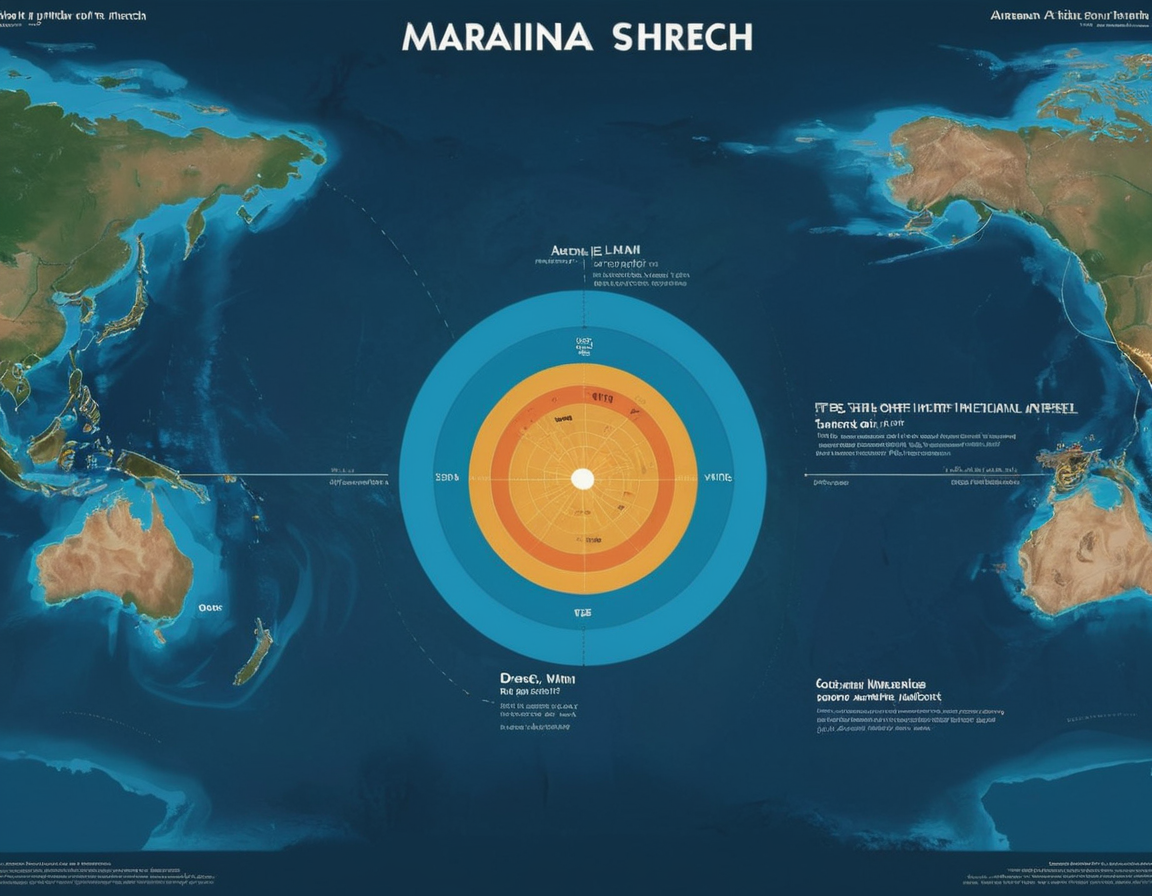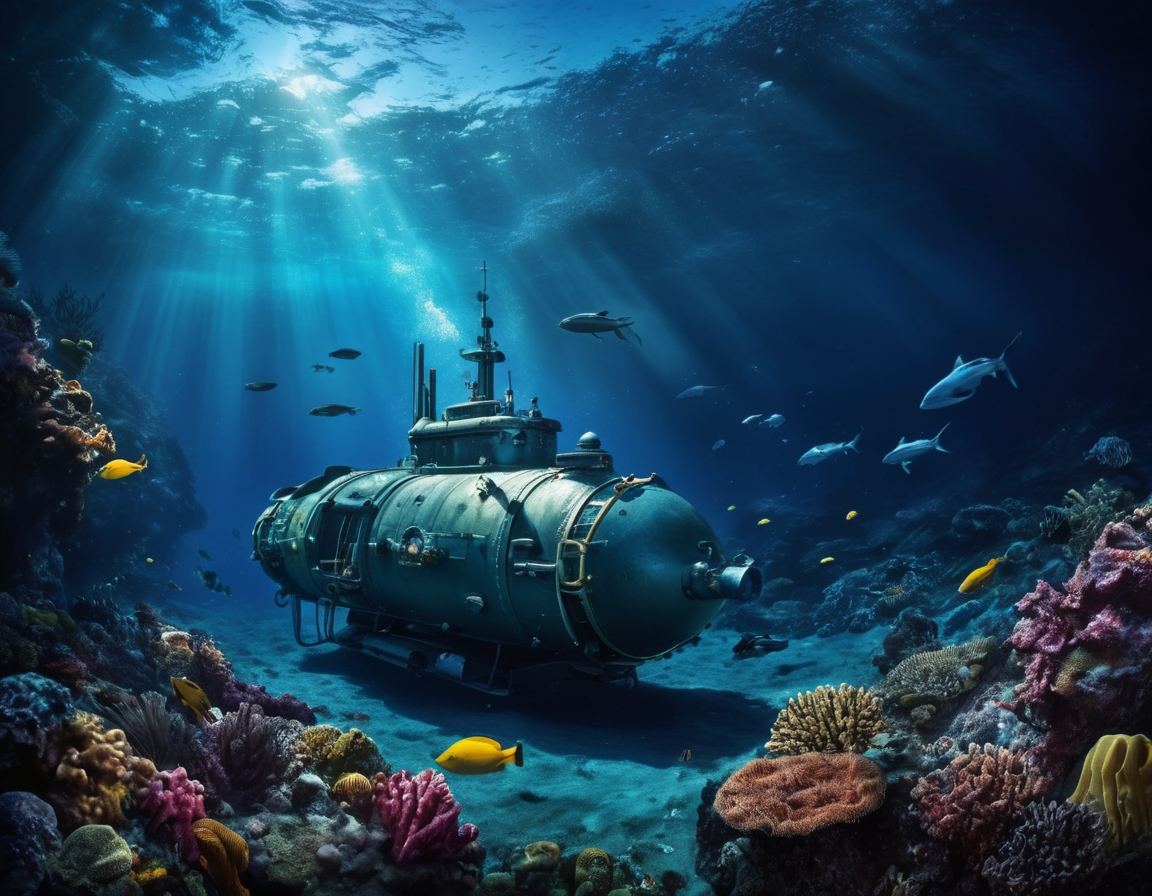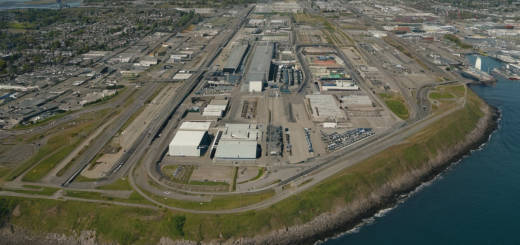Exploring the Depths of the Ocean: The Mariana Trench
Discovering the Mariana Trench: Earth’s Deepest Secrets
The Mariana Trench is a topic that captivates the imagination of explorers and scientists alike. As the deepest part of the world’s oceans, it holds mysteries and discoveries that are still being explored to this day. In this blog post, we will delve into what makes the Mariana Trench a subject of great intrigue and scientific research.
What is the Mariana Trench?
The Mariana Trench is a crescent-shaped trench located in the western Pacific Ocean, near the Mariana Islands. It is known as the deepest part of the world’s oceans. The trench is about 2,550 kilometers long and 69 kilometers wide, with depths reaching over 11,000 meters (36,000 feet) at its deepest point, known as the Challenger Deep. 
The Discovery and Exploration
The Mariana Trench was first discovered in 1875 by the British Royal Navy ship HMS Challenger, which conducted a global scientific expedition known as the Challenger expedition. Over time, numerous missions have been conducted to explore its depths. The most famous of these expeditions was the descent by Don Walsh and Jacques Piccard in the submersible Trieste in 1960, achieving a record-breaking depth of about 10,916 meters (35,814 feet).
The Unique Ecosystem of the Trench
Despite the extreme pressures, darkness, and cold, the Mariana Trench is home to a variety of life forms. Unique species have adapted to these harsh conditions, including amphipods, jellyfish, and even certain species of fish. The conditions in the trench create one of the most inhospitable environments on Earth, yet life persists, teaching us about the resilience and adaptability of life.
Scientific and Environmental Significance
Studying the Mariana Trench is crucial for understanding Earth’s geology and biology. The trench plays a significant role in tectonic activity and is a site for studying microbial life that exists without sunlight. It also provides insights into the impact of human activities on the deepest parts of the ocean, as researchers have found pollutants at these extreme depths.
Challenges of Deep-Sea Exploration
Exploring the Mariana Trench is not without its challenges. The immense pressure, low temperatures, and lack of light require specialized equipment and submersibles capable of withstanding such conditions. Each mission to the trench is a significant undertaking involving extensive planning and state-of-the-art technology.
Conclusion
The Mariana Trench remains one of the final frontiers for exploration on our planet. As technology advances, we may uncover more secrets hidden within these deep-sea depths. By continuing to explore the Mariana Trench, we expand our knowledge of the Earth and the life that calls it home. 
If you’re fascinated by the wonders of the deep sea and want to keep up with the latest discoveries, make sure to follow our blog and share this post with fellow ocean enthusiasts!






